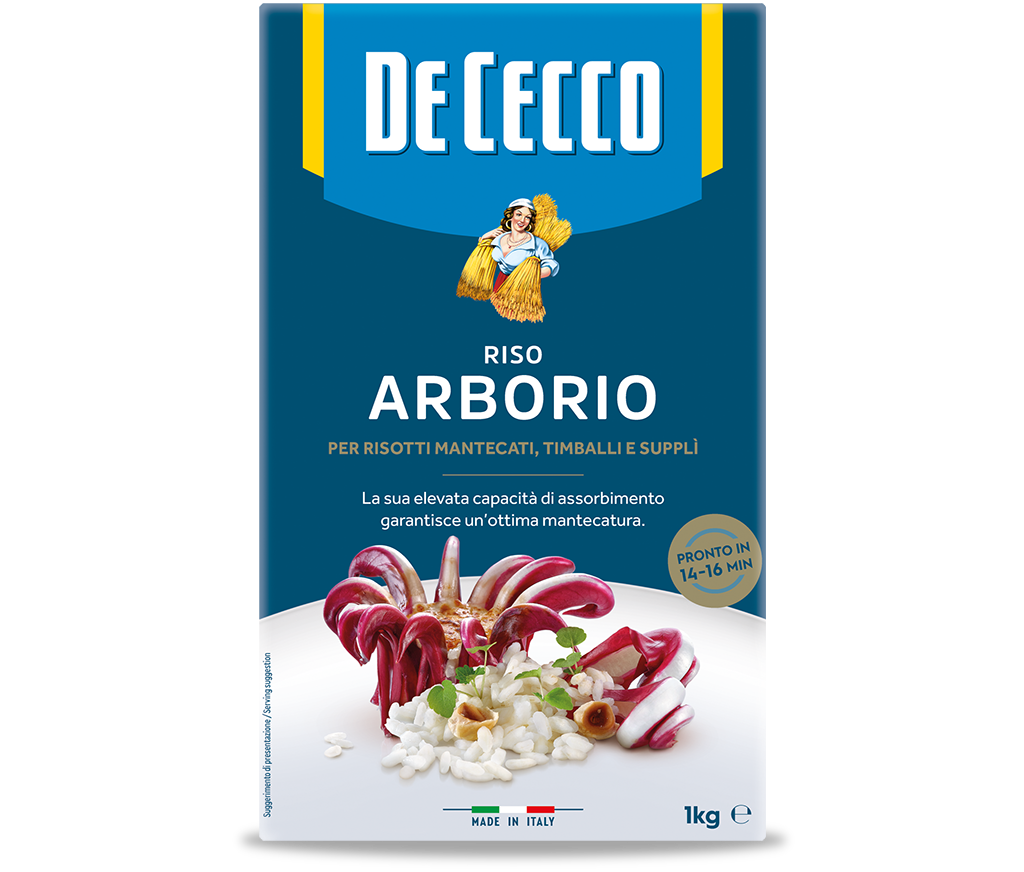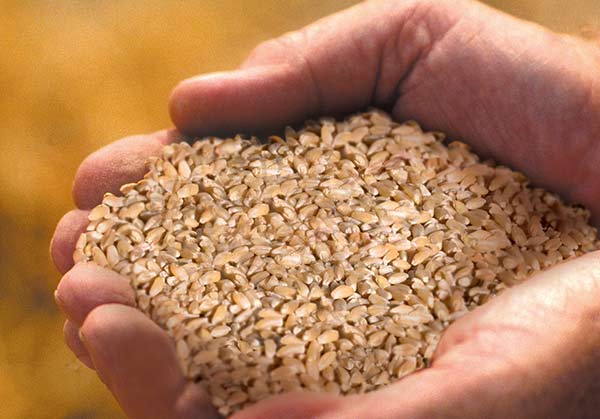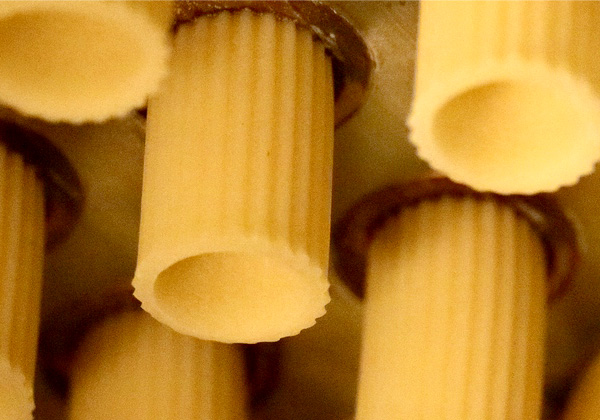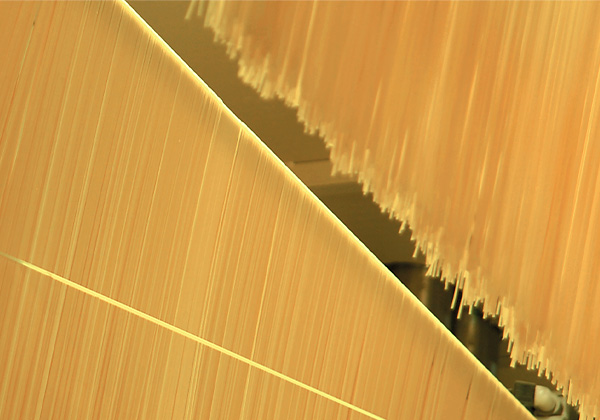Riso Ribe
Ribe rice is one of the most versatile varieties.
It has medium-sized grains, medium/long and rounded, with a crystalline and compact structure that maintains its firmness throughout cooking. This makes it ideal for liquid-based recipes, such as vegetable rice soups and broths.
Historical sources report that Ribe rice originated after the Second World War, from the crossing of Vialone and Lady Wright, a species imported from the United States in 1925.
- Cooking time: 15-13 min
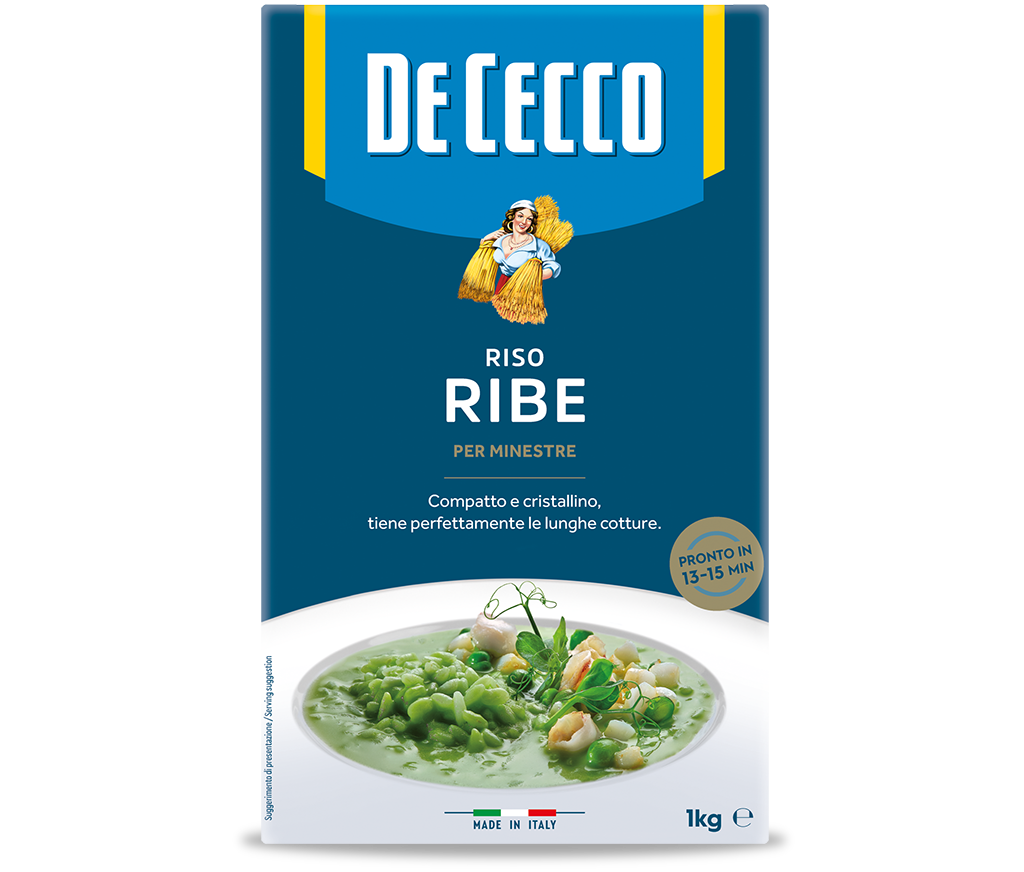
play
Our method
Attention, care, experience, quality at every stage: from our mill to your table.
You may also be interested in
Riso Arborio
This is one of the most popular rice varieties in Italy, thanks to its shape and texture. The plump grain rice maintains its consistency throughout cooking. During cooking, the heat penetrates the most peripheral area of the grain, leaving the central core (rich in starch) ‘al dente’.
This is what makes it suitable for all types of risottos, which can be deliciously creamy, as well as for timbales and ‘supplì’ (Rome’s mozzarella-filled rice croquettes). Arborio rice is named after the town of the same name in Vercelli where it was first selected in 1946, derived from the Vialone cultivar.
Even today, these areas of the Po Valley are the largest producers of Arborio rice.
Find out more
